By the 17th Century, the Javanese alphabet, also known as tjarakan or carakan, had developed into its current form. During the Japanese occupation of Indonesia between 1942 and 1945, the alphabet was prohibited.
For a period from the 15th Century onwards, Javanese was also written with a version of the Arabic alphabet, called pégon or gundil.
Since the Dutch introduced the Latin alphabet to Indonesia in the 19th Century, the Javanese alphabet has gradually been supplanted. Today it is used almost exclusively by scholars and for decoration. Those who can read and write it are held in high esteem.
Notable features
- Javanese is a syllabic alphabet - each letter has an inherent vowel /a/. Other vowels can be indicated using a variety of diacritics which appear above, below, in front of or after the main letter.
- Each consonants has two forms: the aksara form is used at the beginning of a syllable, while the pasangan form, which usually appears below the aksara form, is used for the second consonant of a consonant cluster and mutes the vowel of the aksara.
- There are a number of special letters called aksara murda or aksara gedhe (great or important letters) which are used for honorific purposes, such as to write the names of respected people.
- The order of the consonants makes the following saying, "Hana caraka, data sawala padha jayanya, maga bathanga" which means "There were (two) emissaries, they began to fight, their valor was equal, they both fell dead"
Used to write:
Javanese (basa Jawa), an austronesian language spoken by about 75 million people in Indonesia and Suriname.The Javanese alphabet was also used to write Balinese and Sundanese, but has been replaced by the Latin alphabet.
The Javanese alphabet
Aksara consonants
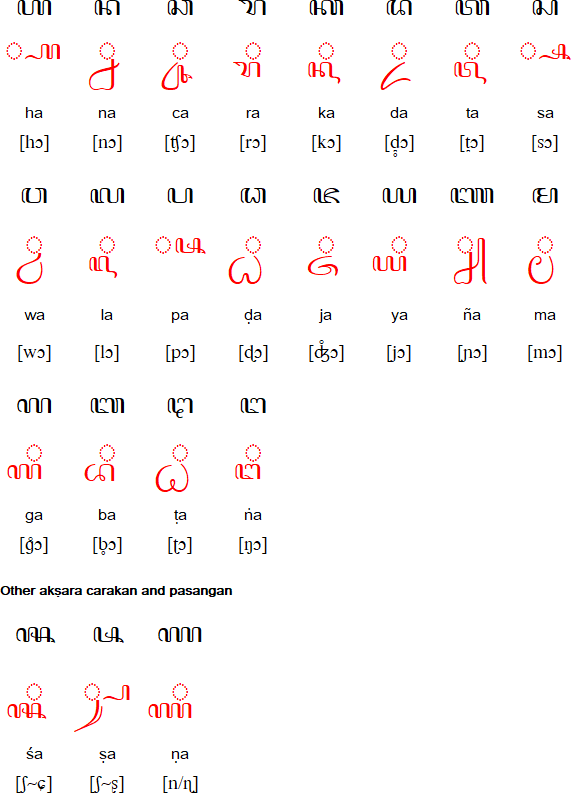
Pasangan consonants

Aksara murda consonants
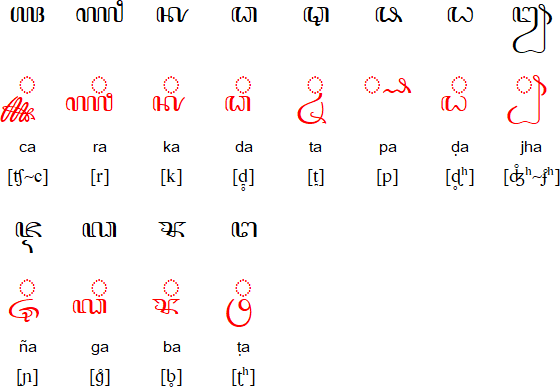
Subscript aksara murda consonants

Vowels, vowel diacritics and final consonant diacritics
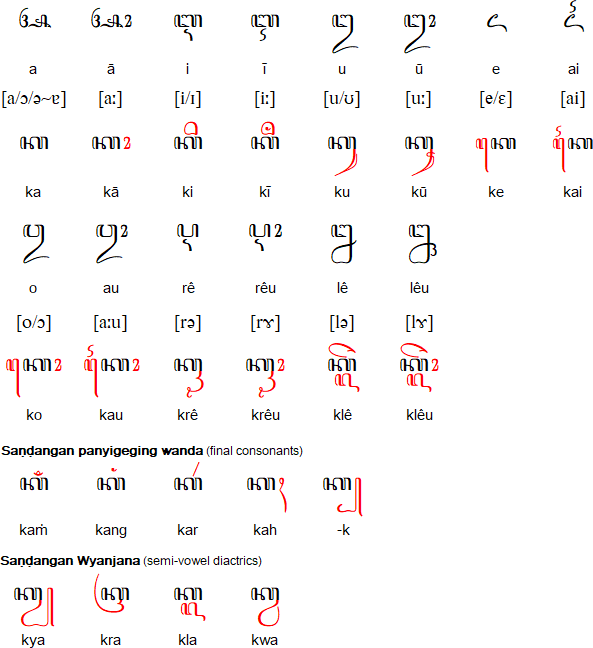
Punctuation
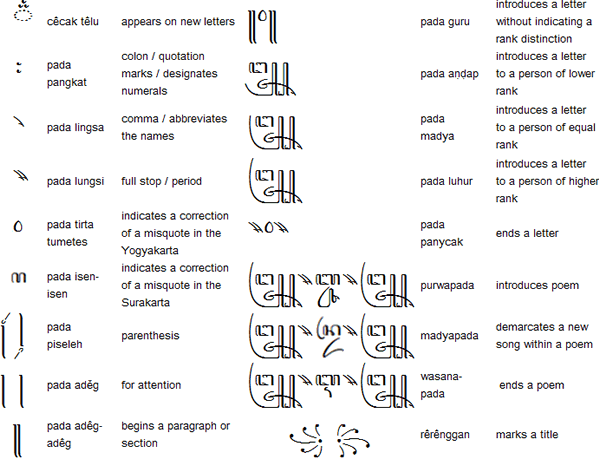

Numerals

Sample text in the Javanese alphabet (Lord's Prayer)
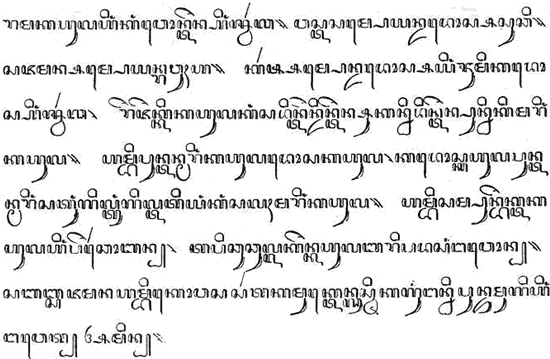
Transliteration
Rama kahula hīkā wonten 'ī swarga. wasta sampeyan dadossa subši. sadžaman sampeyan rawuḥha. kars sampeyan dadossa 'ī bumi kados 'ī swarga. redžekki kahula kā saintendinten sukanni dinten puniki marī kahula. hambi puntan marī kahula dosa kahula, kados kahula puntan marī satungiltūgil titiyū kā salaḥ marī kahula. hambi sampun bekta kahula 'ī pertšoban. tapi tšutšullken kahula bari pada sā ṅawon, sabab sadžaman hambi kawasa sarta kamukten gusti kagū ṅannipun dumugi 'ī ṅawet. AminLatin alphabet for Javanese
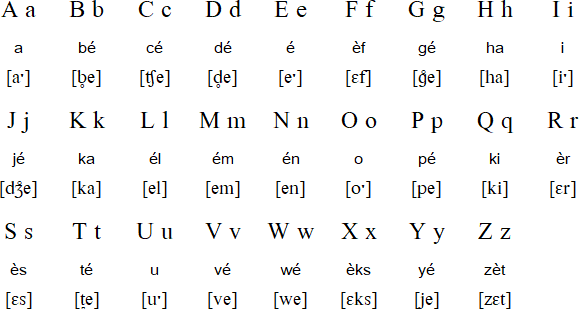
Javanese pronunciation
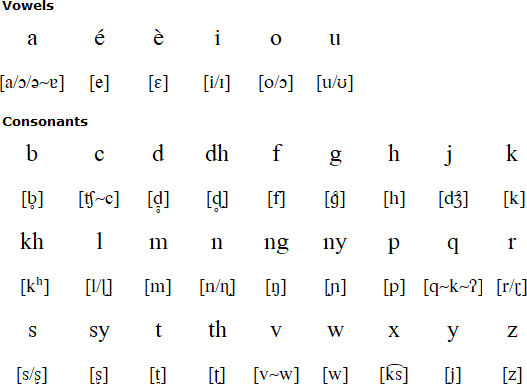
Information about the Javanese Latin alphabet and pronunciation compiled for Wolfram Siegel
Sample text in Javanese
Saben uwong kalairake kanthi mardika lan darbe martabat lan hak-hak kang padha. Kabeh pinaringan akal lan kalbu sarta kaajab pasrawungan anggone memitran siji lan sijine kanthi jiwo sumadulur.Translation
All human beings are born free and equal in dignity and rights. They are endowed with reason and conscience and should act towards one another in a spirit of brotherhood.(Article 1 of the Universal Declaration of Human Rights)
source
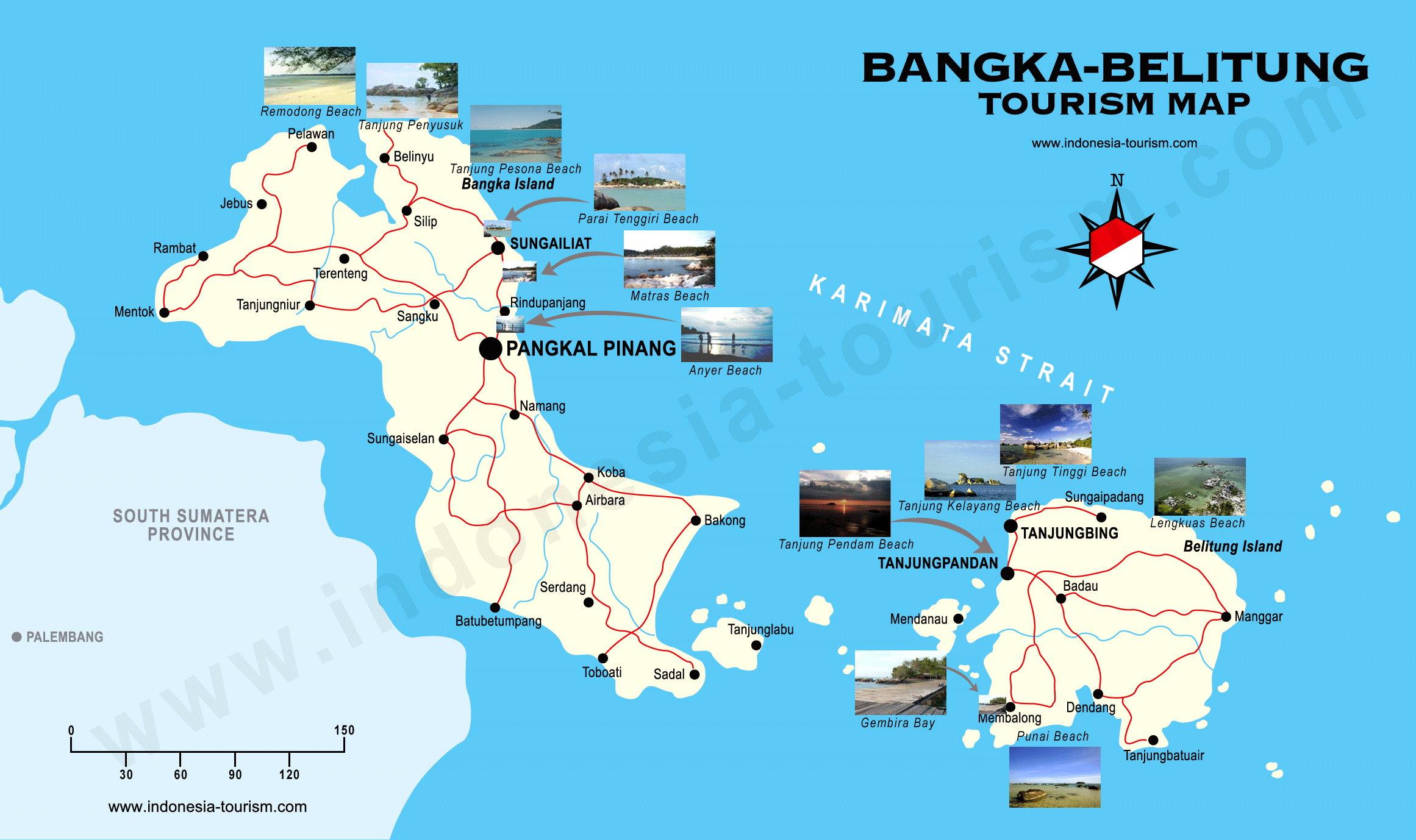















 [/IMG][IMG]
[/IMG][IMG]  [/IMG][IMG]
[/IMG][IMG]












